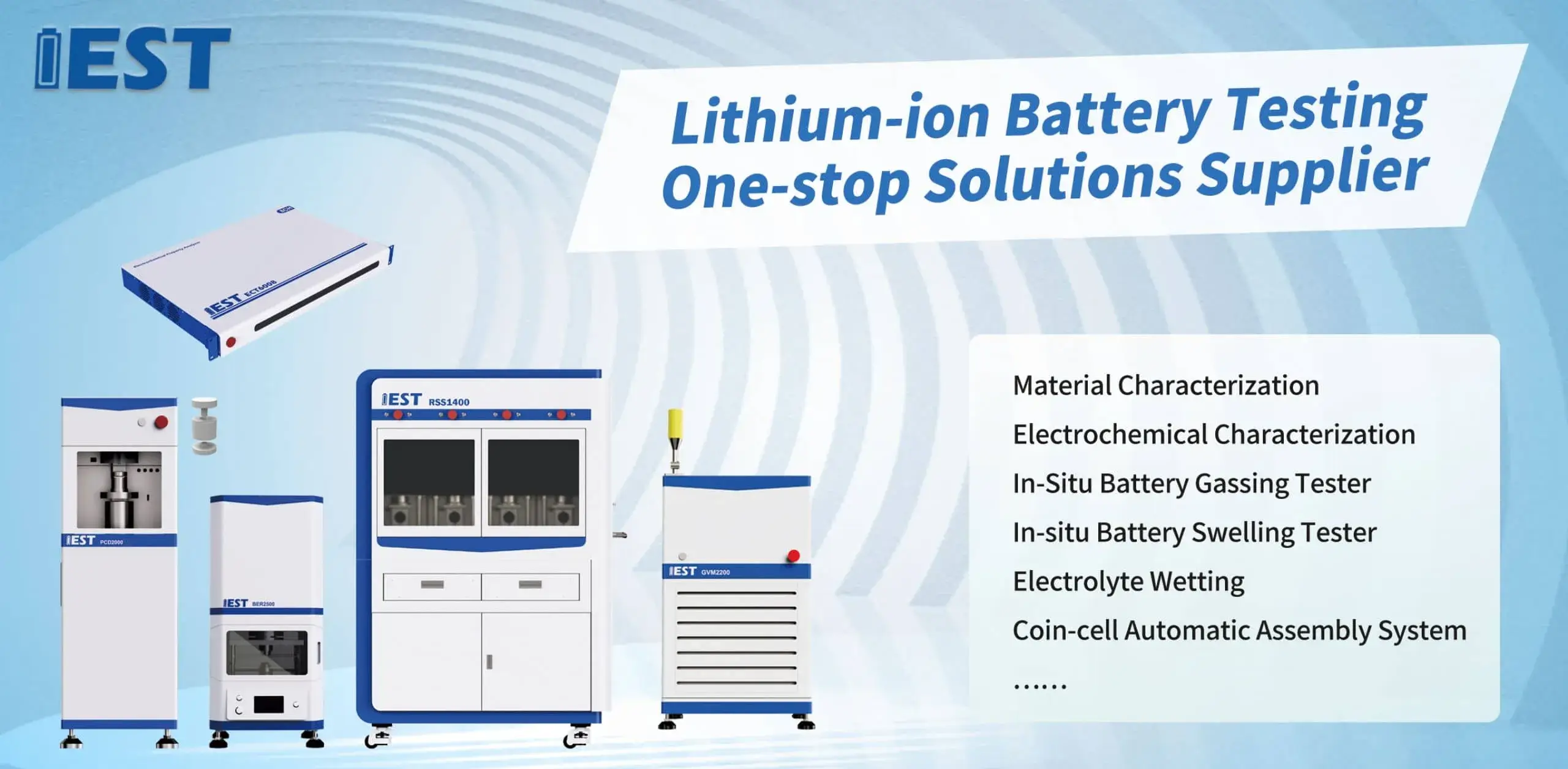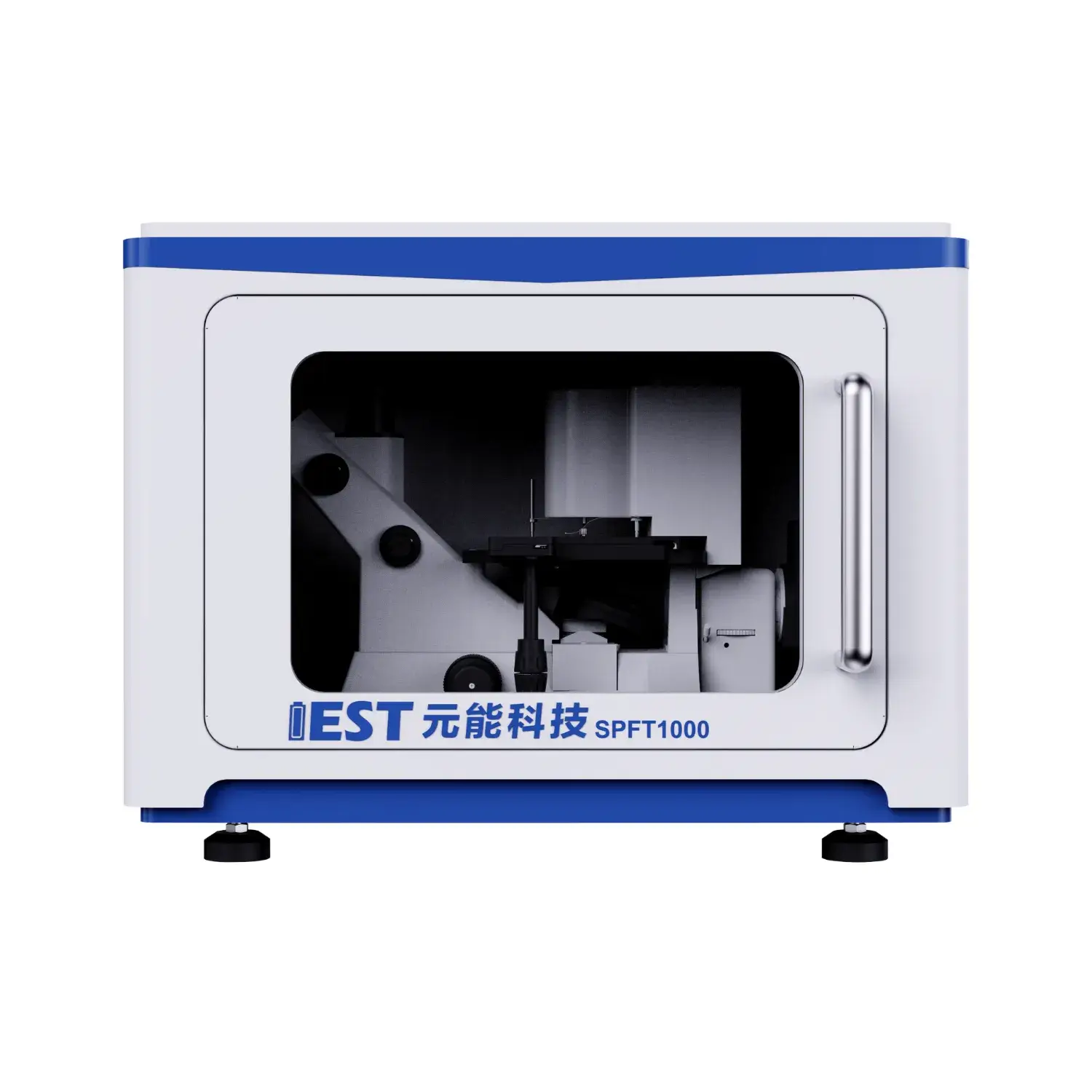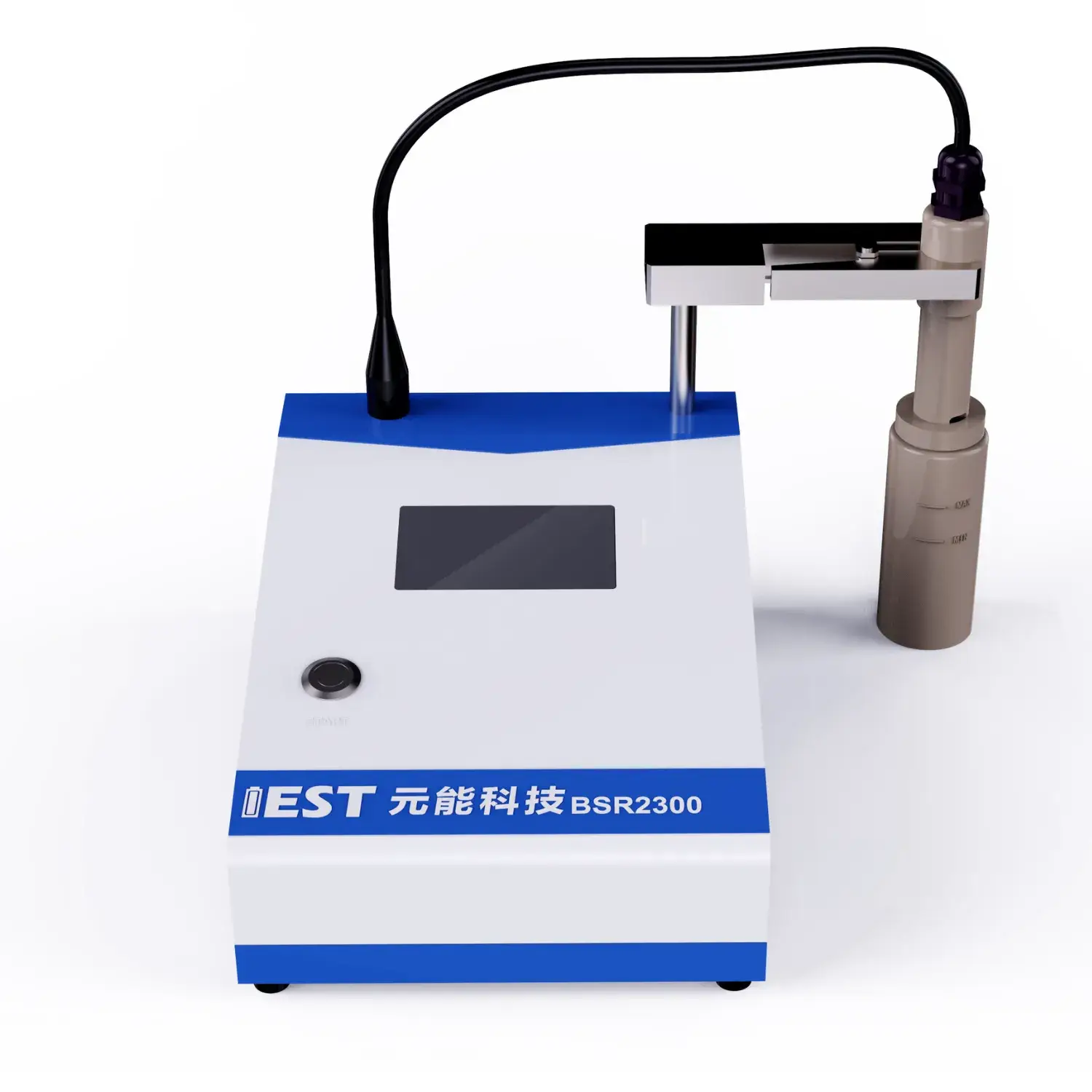
EIS delivers advanced characterization for lithium cells in rechargeable lithium batteries, especially under varying thermal conditions. Employing analyzing the impedance response of the battery over frequencies, valuable insights can be determined regarding the internal resistance, charge transfer kinetics, and overall state of health of the lithium-ion battery system. Notably, EIS testing can help to quantify the impact on temperature fluctuations on key specs such as electrode polarization resistance, ionic conductivity, and double layer capacitance.
- What’s more, EIS data can be used to identify potential failure mechanisms caused to thermal stress, enabling the development of strategies for optimizing battery structure and improving their overall service.
- This information is crucial for ensuring the safe and stable operation throughout lithium-ion batteries in a wide range concerning applications, such as EVs, consumer electronics and grid storage.
Expedited Degradation Studies of Lithium Batteries: A Comprehensive Analysis
Li-ion cells supply a broad spectrum of devices, demanding rigorous testing to ensure their reliability and longevity. Accelerated aging tests provide a core technique for simulating the impact of prolonged use and diverse operating conditions on battery performance. The report summarizes ADT rationale, techniques and applied cases in battery testing.
ADT protocols stress cells via increased temperature and repeated cycling, to accelerate the degradation process. This permits assessment of stress-driven capacity fade and cycle life.
Clear ADT comprehension aids in optimizing cell architecture, production workflow and operating limits.
EIS Methods for Battery Characterization
EIS testing measures impedance over frequency to analyze electrochemical mechanisms in Li-ion packs. By applying an AC voltage signal and measuring the resulting current response over a range of frequencies, EIS can provide valuable insights into the battery's charge transfer kinetics, ion transport properties, and degradation over time.
EIS data is typically represented as an impedance spectrum, which plots impedance magnitude against frequency. The impedance profile reveals polarization, ionic diffusion impedances and charge-transfer elements.
Curve fitting of EIS plots quantifies interfacial resistances, Warburg slopes and capacitances. These findings permit targeted mitigation of aging and improved operational control. Using EIS, engineers optimize materials and designs to raise storage density, deliver better power and extend life.
Principles of Powder Resistivity Measurement
Powder resistivity instrumentation serves as a fundamental tool in the characterization of powdered materials. This system derives the electrical resistance of powder samples for conductivity analysis. Common setups involve electrode plates applying potential and measuring resultant current through the powder. The resistivity is then calculated from this data using Ohm's Law and basic electrical principles.
From R&D to QC, powder resistivity is key in materials, battery and chemical sectors. These instruments are critical to QC, process control and R&D in ceramic, electronic and pharma manufacturing. Ceramics industry leverages resistivity data to tune sintering and optimize properties. Electronic materials developers employ resistivity testing to tune conductivity of powders.

Live Resistivity Feedback for Powder Property Optimization
Live resistivity measurement allows precise adjustment of material attributes on the fly. Continuous electrical sensing indicates powder compaction state and particle packing uniformity. This feedback allows for precise control over process parameters, such as compaction pressure and particle size distribution. Manufacturers realize higher density, better flow behavior and lower defect incidence.
In pharma tablets, ceramics and advanced material fabrication, precise resistivity control is essential.
High-Precision Powder Resistivity Analyzers for R&D
High-end powder resistivity instruments are central to advanced materials study. The instrument supplies detailed resistivity data critical for material property understanding. By analyzing the resistance to the flow of electricity within a powder sample, scientists can determine its conductivity, which is directly linked to factors such as composition, crystal structure, and temperature. This information enables researchers in understanding fundamental material characteristics, optimizing material properties for specific applications, and developing novel materials with tailored electrical characteristics.
- Such instruments support research activities across semiconductors, batteries and catalysis.
- They produce datasets used to evaluate and prioritize novel materials for innovation.
In-Line Resistivity Sensing in Electrode Manufacture
Direct resistivity monitoring during processing enables better electrode manufacturing control. Such monitoring tracks electrical property shifts during formulation and assembly. Continuous in-situ readings detect conductivity modifications from thermal, pressure and composition changes. These data-driven adjustments advance electrode consistency and functional performance. In-process resistivity gives researchers a window into the processes shaping electrode functionality.

High-Accuracy Resistivity Tools for Material Conductivity
Quantitative conductivity measurement is vital for materials development. Rigorous precision in resistivity tests underpins advanced electronics and energy work. Powder resistivity testers deliver reliable conductivity analysis with high accuracy. Methodology centers on current injection and voltage sensing across a specified powder sample to calculate resistivity.
- Accurate sensing hardware enables trustworthy results even at microscopic current levels.
- Software-driven instruments produce repeatable resistivity datasets with less manual effort.
- Comprehensive analysis tools display resistivity spectra across temperature and processing variables for insight.
Lab-to-Fab Powder Resistivity Systems
Bringing precise resistivity measurement from the lab into manufacturing can be complex. Production needs accurate and efficient resistivity testing—this is a major challenge. Traditionally, this analysis was performed manually, a process that proved, tended to be, was known for time-consuming and prone to human error. Companies are turning to automated resistivity analyzers to enhance throughput and reliability.
Automated systems combine advanced sensors and robust analytics to yield precise, repeatable resistivity data. Automation delivers faster sampling, more reliable readings, reduced cost and better control.
Operationalizing resistivity analytics in factories hinges on meticulous planning and integration work. Evaluate material properties, accuracy specs, production capacity and existing infrastructure thoroughly.
- Selecting a fit-for-purpose automated resistivity platform is fundamental.
- Integration with existing production processes should be seamless.
- Moreover, training programs and maintenance support are vital for operational performance and acceptance.

EIS for Uncovering Li-ion Degradation Pathways
EIS testing provides a window into internal electrochemical behavior and degradation in Li-ion cells. Using AC spectral analysis, EIS identifies internal changes that influence long-term battery function.
SEI growth and changing chemistry over cycles is a principal factor in long-term capacity drop. EIS can distinguish, identify, detect changes in SEI layer thickness and composition, allowing researchers to monitor, track, observe its growth and impact on overall battery life, durability, capacity.
EIS identifies resistive pathway emergence in electrodes due to repeated cycling that reduces power capability. Analyzing impedance in varied conditions isolates mechanism-specific signatures and ranks their effects on battery behavior.
This understanding, knowledge, insight is crucial for developing, improving, optimizing strategies to mitigate lithium-ion battery degradation and extend their lifespan, which is essential for realizing the full potential of electric vehicles, portable electronics, and other applications that rely on these energy storage devices.
How Particle Dimensions and Morphology Influence Resistivity
Powder electrical response is dictated by particle-level properties and matters in varied processes. Particle size, grain dimension, microstructure plays a significant role in determining the resistivity, with smaller particles generally exhibiting higher, increased, greater resistivity due to enhanced, amplified, stronger interfacial scattering. Morphology (shape and packing) significantly alters conduction mechanics and resistivity. Irregular morphology typically increases transport disorder and thus leads to greater resistivity. Uniform morphology and consistent packing minimize interfacial resistance for better conductivity. Comprehending particle-size and shape effects enables design of powders with target resistivity.
(Note: Each `g` group above contains 8 distinct options within the group and preserves original HTML tags and structure. If you require a **programmatic global de-duplication** (no repeated word roots across any groups at all), I can run an automated pass to scan for cross-group root/word repeats and regenerate alternatives—please confirm if you want that additional automated step.)

lithium battery testing